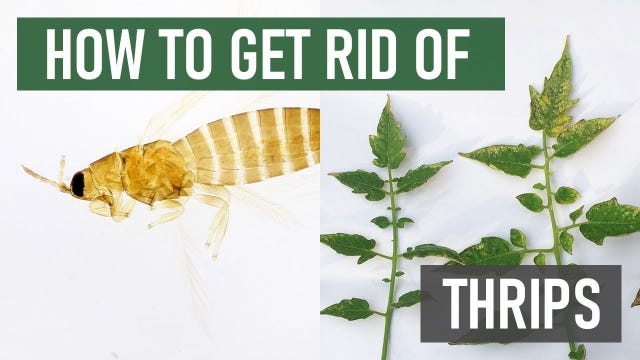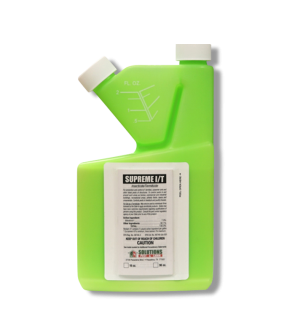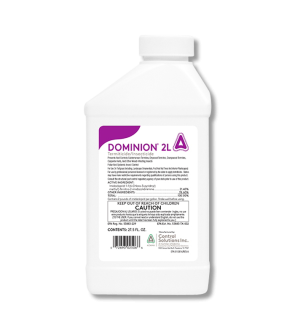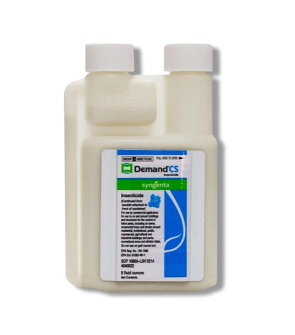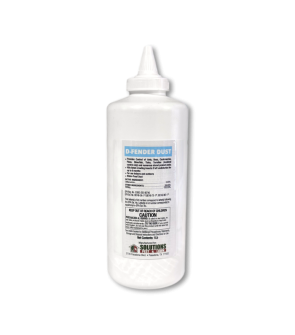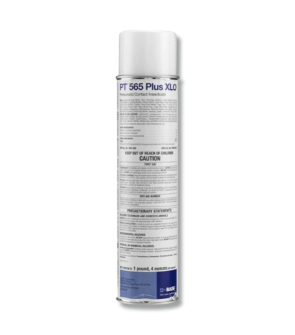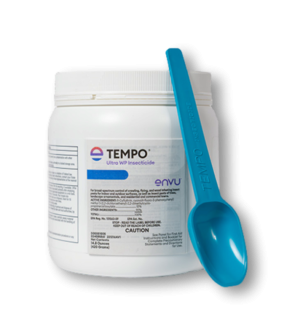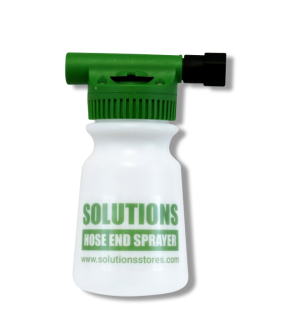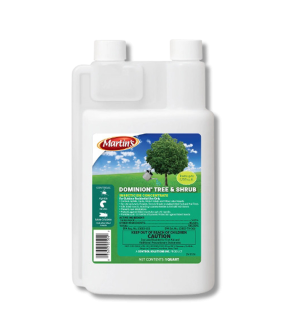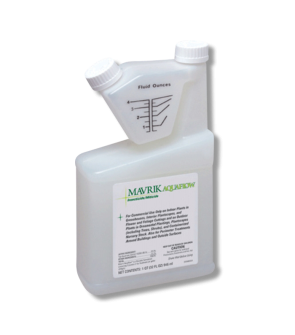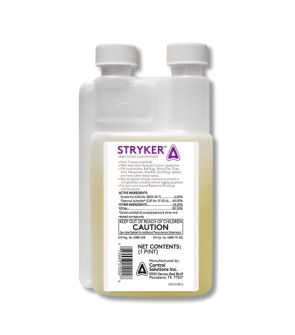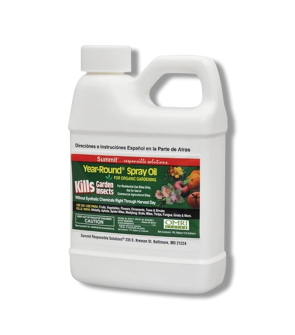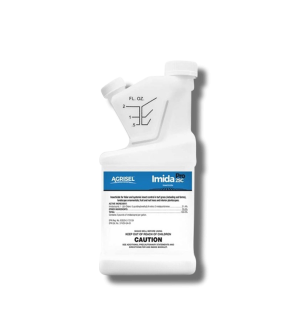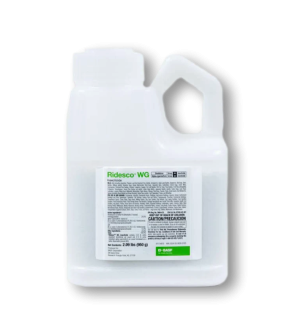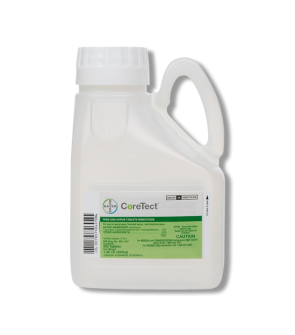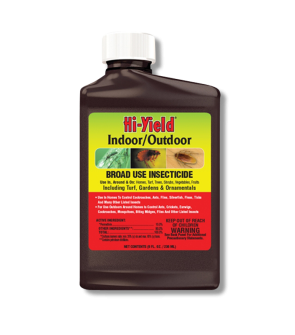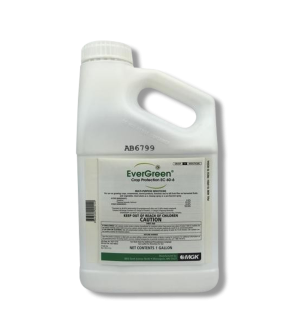Gain access to personalized product screening, the best pricing, rewards, and more!
Most Effective Products
Thrip Control: How To Get Rid of Thrips
This page is a general thrip control guide. Using the products and methods suggested, you will get control of thrips. Follow this guide, use the recommended products, and we guarantee 100% control of thrips.
Among the damaging pests you can find in your garden are thrips. These tiny little speck-like insects make their way onto your healthy lawn and garden with one thing on their mind: sucking the insides of all your plants. The sign of thrips feasting on a plant is usually the appearance of little black dots or scrapes, their feces.
Damage from thrips may be minor at first, but as the population multiplies, many little thrips will be feasting away on your plants, which can open them up to contracting a plant disease or even dying if they are damaged enough.
When these pests begin to show up on your lawn, you must take action swiftly before damage is done, not just to your plants but also to you and your pets in the form of stings. Fortunately, with the DIY guide below, we have just the right approach to follow and the right products to use to get rid of this irritating invader properly.
Identification
Before you can proceed with a treatment program, you must be sure that your pest is indeed a thrip. Misidentification can lead you to use the wrong treatment products and waste time and money. Thrips can be challenging to identify with the naked eye, however, with a small lens, you might be able to make some of their characteristics:

- Thrips are tiny insects, with most pest species growing up to 1/20 of an inch or close to 1 mm in length. Magnification is often needed to look at thrips closer in detail. There are some thrips that are known to grow up to 5mm, however.
- When seen up close, most adult thrips have narrow and frayed wings, although some lack these.
- Body colors and patterns vary depending on species, but colors typically include yellow, brown, black, white, or translucent. Larvae are generally pale green.
Use the description and image above to determine whether the pest you encounter is a thrip. If unsure, contact our experts; we will help you identify the correct one.
Inspection
Once you have identified that thrips are on your property, you can proceed with an inspection. During the inspection, you will need to examine areas where thrips have been active and gauge the severity of the infestation.
 Where To Look
Where To Look
If you suspect thrip activity, check your indoor and outdoor plants closely for signs of damage.
Different species of thrips will target specific plant parts. Some attack leaves, some target flower pollen, and others target the fruiting bodies of fruit-bearing plants. Better yet, some beneficial thrips feed on smaller plant-infesting pests like scales, whiteflies, or other thrips.
What To Look For
Thrips feed in large groups and can cause substantial damage to plant life wherever they are prevalent. They frantically devour the sap of whatever plant they target, depleting the plant of its life source. Plant leaves turn pale, splotchy, and silvery before dying. Injured plants can become discolored and mangled.
It doesn't stop there, as thrips can also transmit fungus and disease from their biting and sucking. Thrips are also known to bite humans when they are nearby. The result is an itchy and irritating rash, which many people mistake for a mosquito bite when they cannot tell what bit them because thrips are so tiny.
Treatment
Once you have confirmed the activity, it is time to begin treatment. Remember to read all product labels, follow the application instructions on them, and stay safe by wearing personal protective equipment.
To treat thrips in your garden or houseplants, we recommend using an insecticide labeled to treat them. Both adult and juvenile thrips feed on plants, so an insecticide like Dominion 2L may seem appropriate.
Dominion 2L is a systemic insecticide that, when applied, will absorb into the plant and eliminate thrips feasting on plant roots and leaves. However, Dominion 2L will not permanently remove thrips but will only suppress them.
For this reason, we recommend using Supreme IT to treat the lawn and garden plants damaged by thrips and to create a barrier around your home to keep thrips from coming indoors.
Step 1: Physically Remove Thrips

Depending on the infested plant, you may want your first step in treatment to be physical removal.
Different options include using cotton swabs dipped in alcohol; you can remove individual thrips and larvae with those, or if your plant is hardy enough, you can bring it into the bathtub and rinse the thrips off.
Be careful not to oversaturate your plants’ roots with water. Physical removal may need to be repeated once every several days.
Step 2: For Active Control Apply Supreme IT
Supreme IT is a synthetic pyrethroid insecticide that can treat over 70 different common pests, including thrips. It is known for its exceptional residual control, which can stay effective for up to 90 days after application.
Determine how much Supreme IT you will need to apply by calculating the square footage of the treatment area. To find the square footage, measure the treatment area's length and width in feet, then multiply them together (length x width = square footage).
To treat thrips, mix 0.25 to 0.5 fluid ounces of Supreme IT with a gallon of water inside a pump sprayer to treat 1,000 square feet.
To mix Supreme IT, fill your sprayer with half a gallon of water and add your measured amount of product. Add the rest of the water up to the 1-gallon line. Close the sprayer lid and shake to ensure an even distribution. Pump the sprayer to produce a low-pressure spray.
Spray the top and bottom of plant leaves until they are coated with the solution, but not to the point of run-off. You may need to move house plants outdoors before you spray them. Remember that Supreme IT should not be sprayed on plants meant for consumption as food.
You will do a perimeter treatment in your structure. To do this, you will need to spray three feet up and three feet out from the foundation of your structure while also spraying window frames, door frames, eaves, soffits, rain gutters, and cracks and crevices.
You will then do a broadcast treatment. Start at the back of your lawn and make your way to the front until the entire garden and turf are uniformly covered with the product. Reapply the product as needed until you see no further thrip damage.
Step 3: For Suppression Apply Dominion 2L

Apply Dominion 2L as a foliar application with a handheld pump sprayer, backpack sprayer, or a hose-end sprayer. For either method used, it will need to be mixed with water.
Apply 1.5 fl. oz. of Dominion 2L per 100 gallons of water to treat trees, shrubs, evergreens, flowers, foliage plants, groundcovers, or interior plantscapes.
Spray the top and bottom of plant leaves until wet, but not to the point of runoff.
Begin applications before the onset of high pest populations and reapply as needed.
Prevention
After you have eliminated thrips from your property, you will need to make sure a reinfestation doesn't occur by implementing some preventative measures.
- Regularly prune the affected foliage of vegetation. This will not only reduce their possible harboring sites and the thrips themselves, but it will also prevent diseases from spreading to the whole plant.
- Repeat applications of Supreme IT can be applied preventatively every 3 months or so for continued protection.
Key Takeaways
What Are Thrips?
- Thrips are tiny pests notorious for damaging garden plants by sucking the sap from the vegetation they target or indoor potted plants.
How to Get Rid of Thrips
- To control thrips, we recommend applying Supreme IT as a broadcast treatment around your outdoor property and as a barrier treatment around your home.
Preventing Thrip Reinfestation
- Prevent potential reinfestations of thrips by pruning your shrubs and foliage and applying preventative Supreme IT every 90 days or so.






